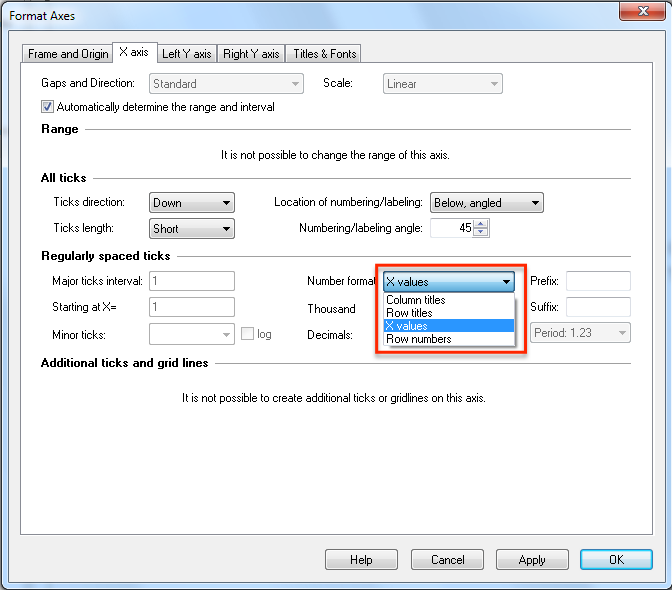
A statement of support for these guidelines was published in the Society’s journals ( Vore et al., 2015) along with updated Instructions to Authors (ItA). These guidelines were rapidly adopted by more than 70 leading biomedical research journals, including the journals of the American Society for Pharmacology and Experimental Therapeutics (ASPET). In 2014, the National Institutes of Health met with editors of many journals and established Principles and Guidelines for Reporting Preclinical Research.

Funding agencies, journals, and academic societies have addressed these issues with best practice statements, guidelines, and researcher checklists ( Jarvis and Williams, 2016). Numerous reports in recent years have pointed out that published results are often not reproducible and that published statistical analyses are often not performed or interpreted properly (e.g., Prinz et al., 2011 Begley and Ellis, 2012 Collins and Tabak, 2014 Freedman and Gibson, 2015 National Academies of Sciences Engineering and Medicine, 2019). We believe that these revised guidelines will lead to a less biased and more transparent reporting of research findings. This editorial explains the revisions and the underlying scientific rationale. Depiction of data in figures should provide as much granularity as possible, e.g., by replacing bar graphs with scatter plots wherever feasible and violin or box-and-whisker plots when not.


P values should be used sparingly in most cases, reporting differences or ratios (effect sizes) with their confidence intervals will be preferred. or interquartile range, and precision should be described by confidence intervals S.E. Key recommendations include the need to differentiate between preplanned, hypothesis-testing, and exploratory experiments or studies explanations of whether key elements of study design, such as sample size and choice of specific statistical tests, had been specified before any data were obtained or adapted thereafter and explanations of whether any outliers (data points or entire experiments) were eliminated and when the rules for doing so had been defined. Their overall focus is on greater granularity in the description of what has been done and found. These revisions relate to data analysis (including statistical analysis) and reporting but do not tell investigators how to design and perform their experiments.

The American Society for Pharmacology and Experimental Therapeutics has revised the Instructions to Authors for Drug Metabolism and Disposition, Journal of Pharmacology and Experimental Therapeutics, and Molecular Pharmacology.


 0 kommentar(er)
0 kommentar(er)
